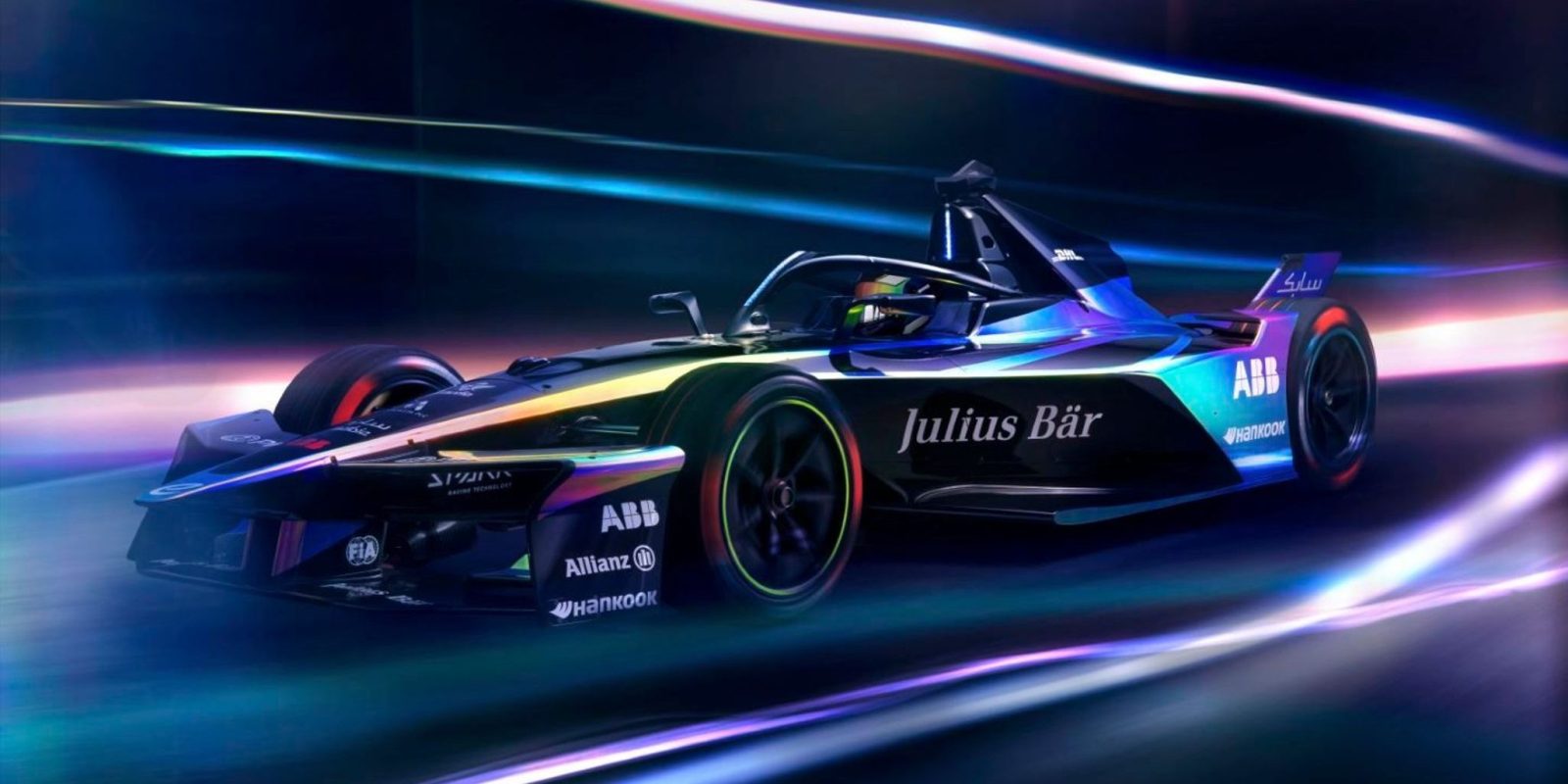
Formula E unveiled its new “Gen3 EVO” car, an update to the Gen3 car which debuted last season, ahead of the Monaco ePrix this weekend.
The new car will be used for next season, and is basically a mid-cycle update of the Gen3 car which has been in service for last and this season. The succeeding Gen4 car is not expected until 2027.
The Gen3 car was introduced as both lighter and more powerful as the previous generation car, with a lot of promises about how much quicker it could be in the races.
It also utilized some pretty unique design ideas. The biggest difference is the addition of a front motor, but this motor was only used for braking, and conversely, the rear friction brakes were entirely deleted and instead the rear axle is braked only by the rear motor using regenerative braking, for a total of 600kW regenerative braking power.
However, The Gen3 didn’t turn out to be all that much faster. This often happens with new racecars as teams get used to tuning and using them, but teams struggled to harness the extra power available to them.
At the same time, the series switched tire providers, and the new tires may have proven to be a limiting factor.
Now, the Gen3 car is hoping to fix both of these problems at once. Not only has Hankook provided stickier tires (with 5-10% more grip, and made of 35% recycled materials) which should help to harness some of the car’s additional power, Formula E has also taken the rather unique move (in the world of formula cars) of activating the Gen3 car’s front motor for thrust, not just regen – thus making its cars all-wheel drive.

The Gen3’s inclusion of a front motor left many thinking – ourselves included – that it would inevitably get activated not just for regen, but for power delivery.
There have been all-wheel drive single seater open wheel cars in the past, but it has only been tried a few times. Currently, other open-wheel single seaters (like F1, IndyCar and the like) are rear-wheel drive only.
AWD has been popular on road cars recently, because it enhances acceleration and drivability. And on EVs, it’s quite easy to add, because you can just slap a second motor on the other axle and run a few cables to it, rather than needing to run driveshafts and gearing mechanisms all through your car to transfer the power from a single combustion engine to two separate axles.
However, sportscar and racing enthusiasts have often preferred rear-wheel drive because it makes cars more squirrelly and difficult to control, showcasing driver skill more readily.
So Formula E is going to allow all-wheel drive only in certain situations. During qualifying duels, race starts, and during the activation of “attack mode,” a temporary 50kW power boost that each driver gets at certain points in the race.
One complaint about the Gen3 cars was that attack mode was hard to use, because the car felt like it couldn’t properly utilize that additional 50kW. By activating the front motor, this should give drivers a huge advantage – quicker acceleration through and out of corners is an enormous benefit.
While 0-60 numbers don’t matter a lot for a racecar – they’re only ever at 0mph at one point, at the start of the race, after all – acceleration is still important for exiting corners, and gives you a lasting benefit for the entire straight if you can get a better exit than another racer. And the Gen3 EVO boasts a truly impressive 0-60 number: 1.82 seconds.
This 0-60 time is 30% quicker than an F1 car and 36% quicker than the Gen3 car, thanks to that front motor helping pull the car forward with 4 contact patches instead of 2.
In addition, the design of the car has changed somewhat. The nose and front wing have been redesigned from the (perhaps overly) angular design of the original Gen3 car. Over the last season and a half, cars have struggled with front wing damage, so hopefully the new wing will be a little more durable.
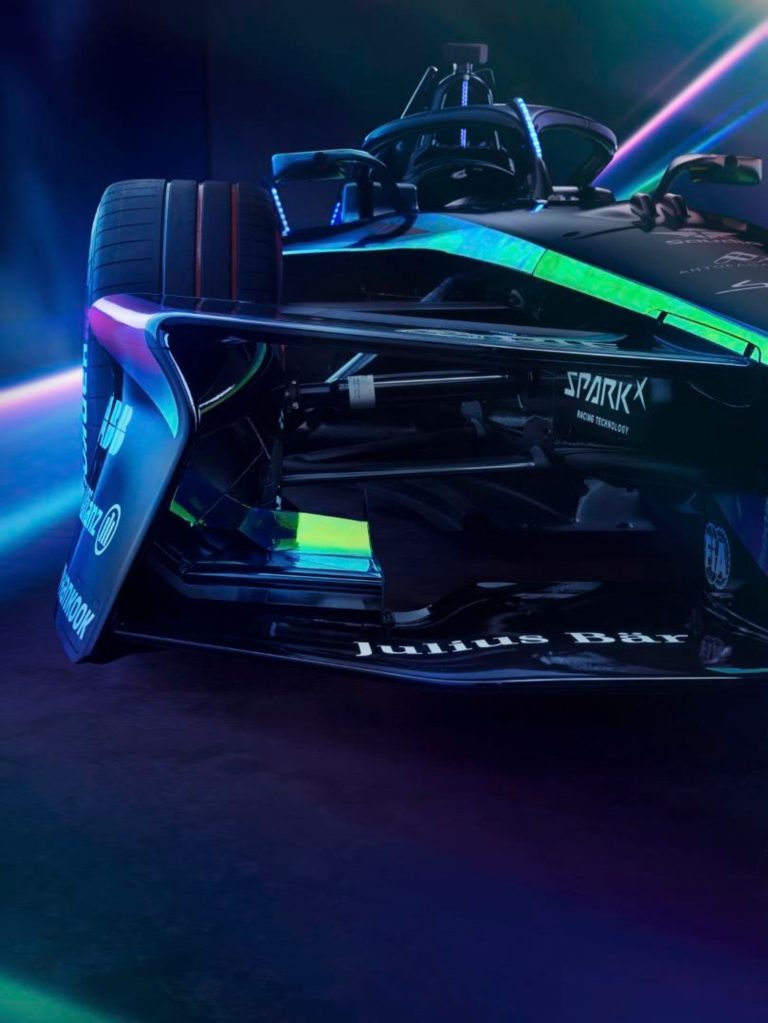
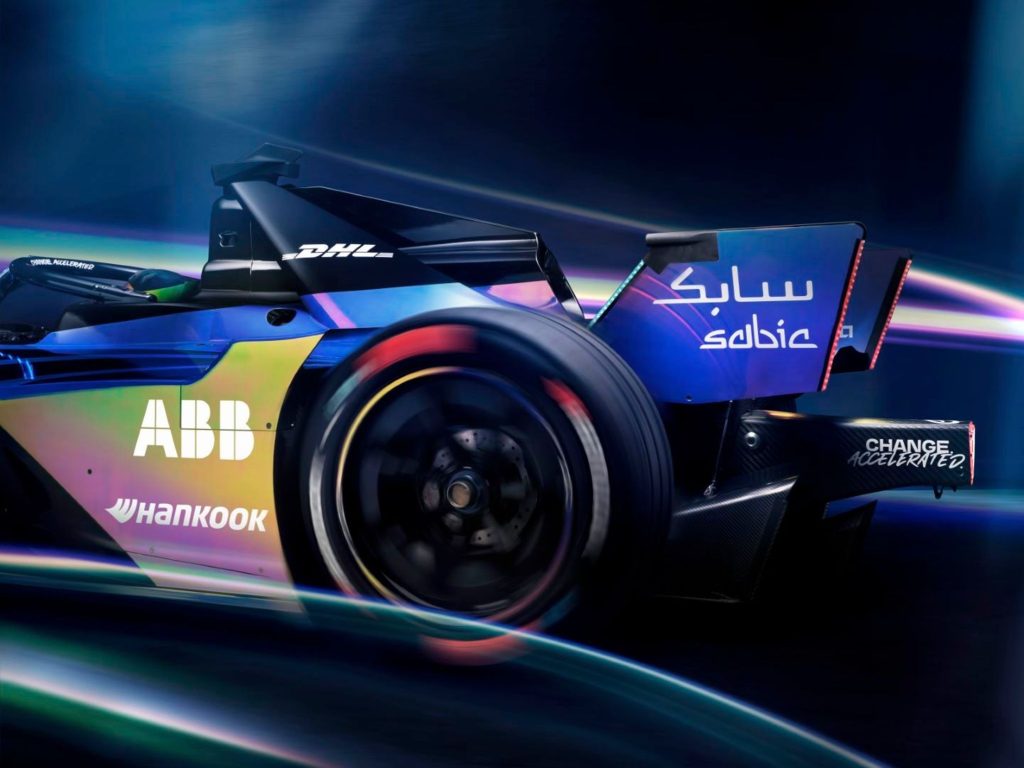
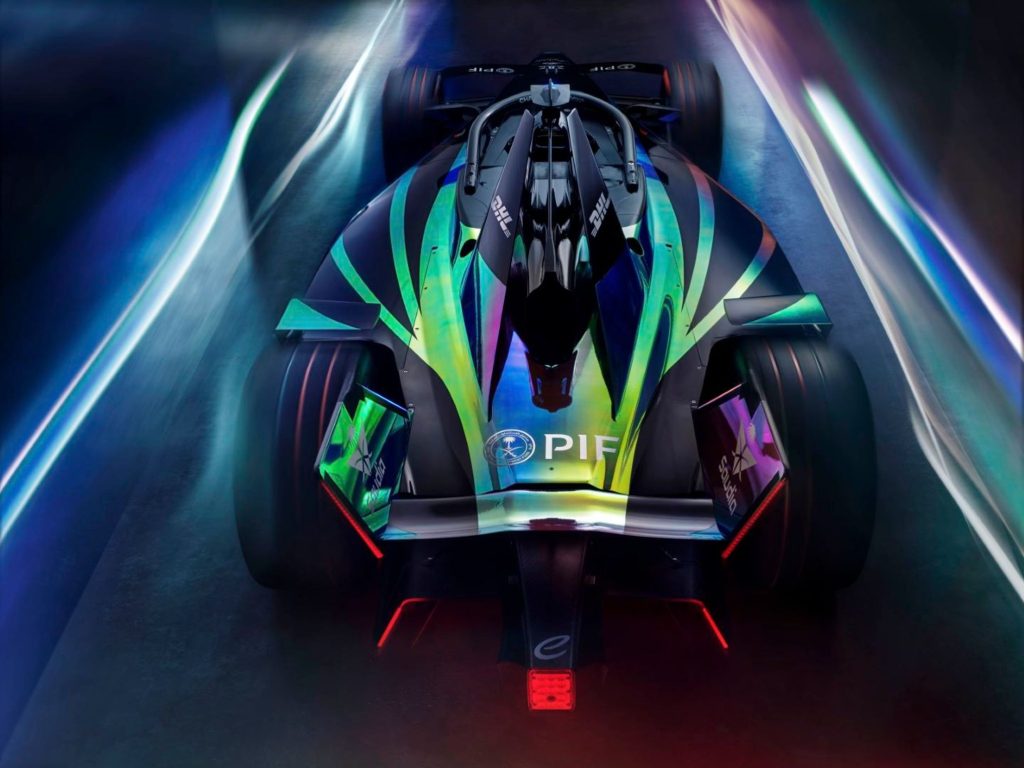
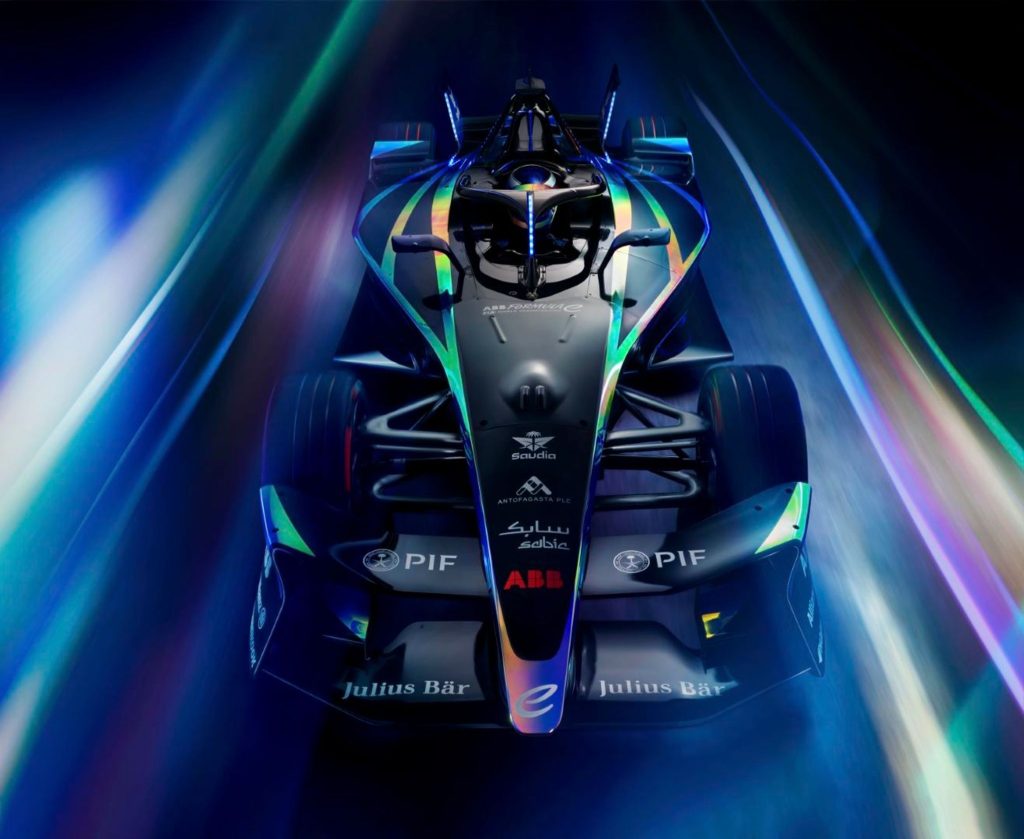
All told, Formula E says that the new car could be 1-3 seconds faster per lap, depending on circuit and whether the AWD system is in use. This would be a pretty massive improvement as far as laptimes go, but we’ll have to see how it plays out when next season comes around.
Now, if only we could also see that 600kW mid-race charging they’ve been working on…
The new Gen3 EVO car will start seeing use next season, but if you want to see the current Gen3 car in action, you can watch it this weekend at the Monaco ePrix.
The race proper starts at 6am PDT, 9am EDT, 1pm UTC, and 3pm local Monaco time on Saturday April 27. In the US, all sessions other than the race will be available on the Roku channel, practice sessions will be on Formula E’s YouTube, and the race will be on CBS/CBS Sports Network. To see how to watch the race in other countries, head on over to Formula E’s Ways to Watch site.
